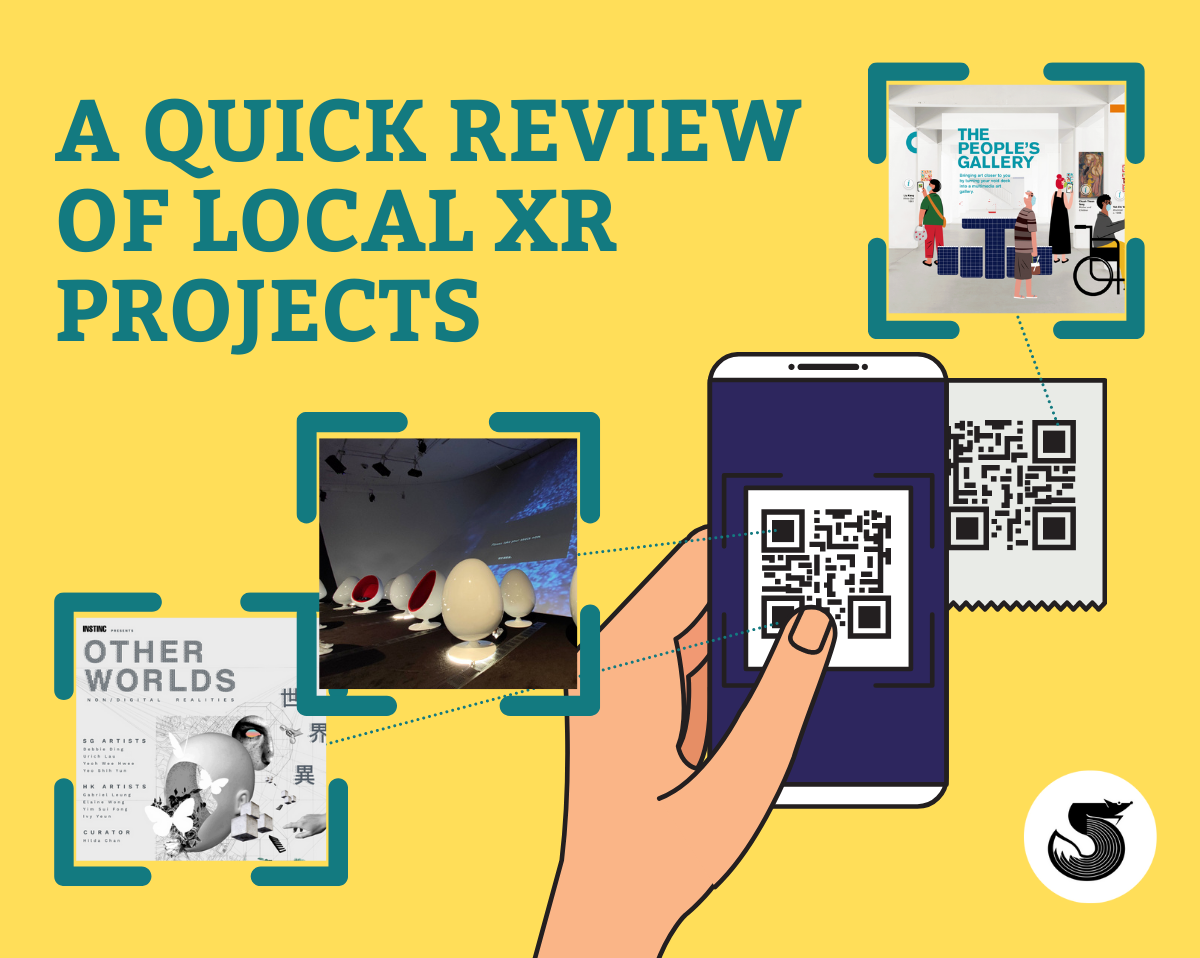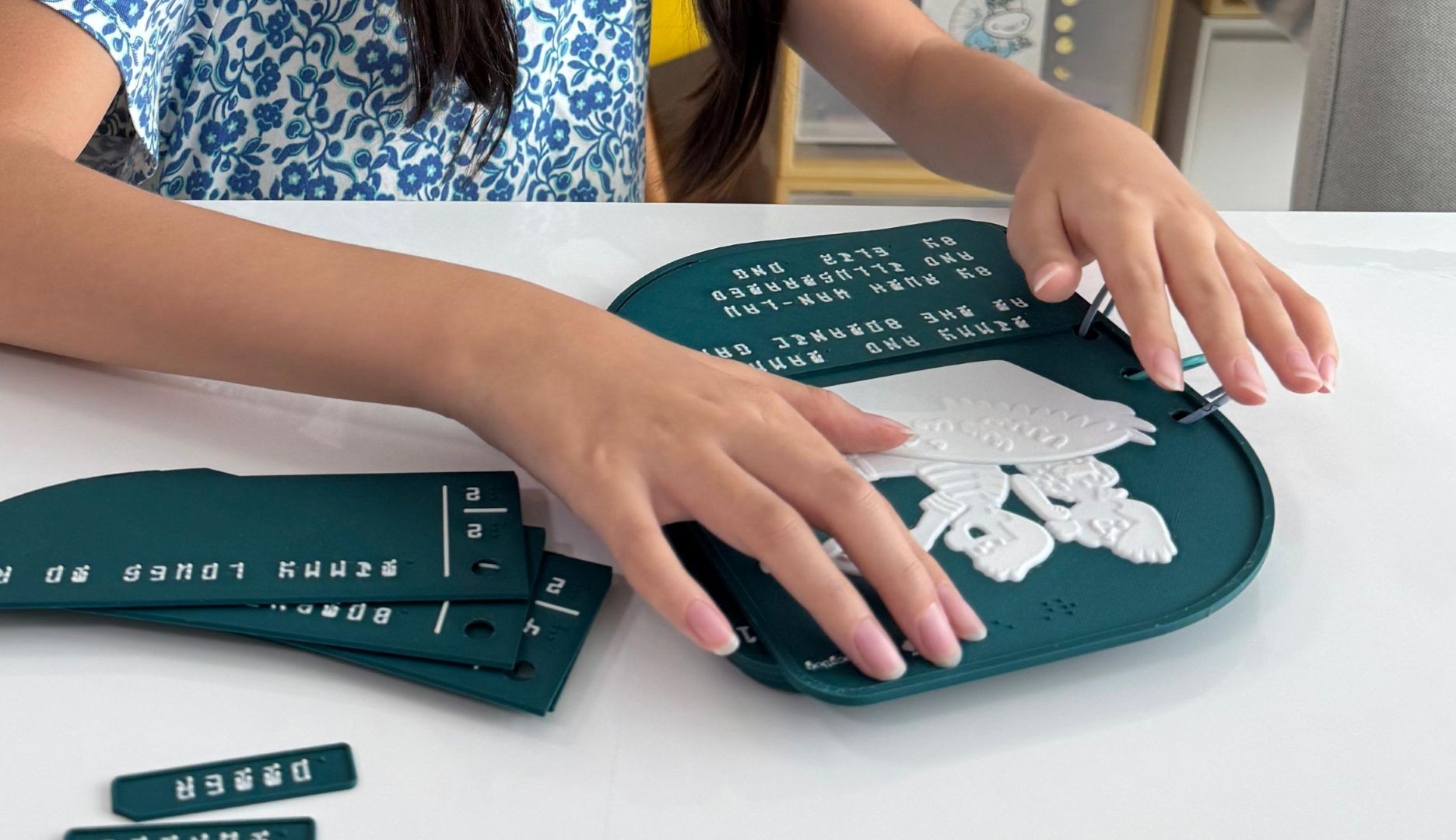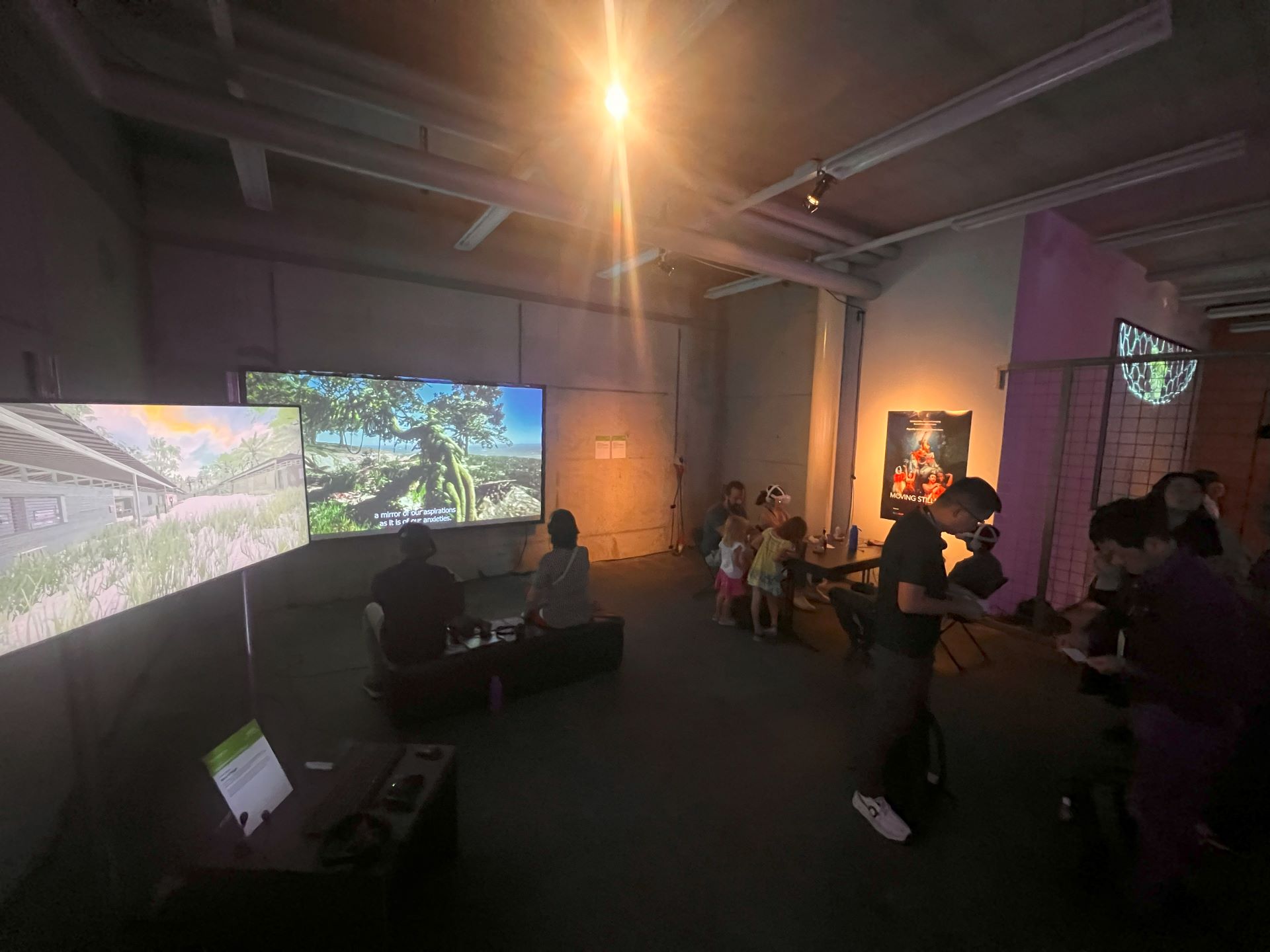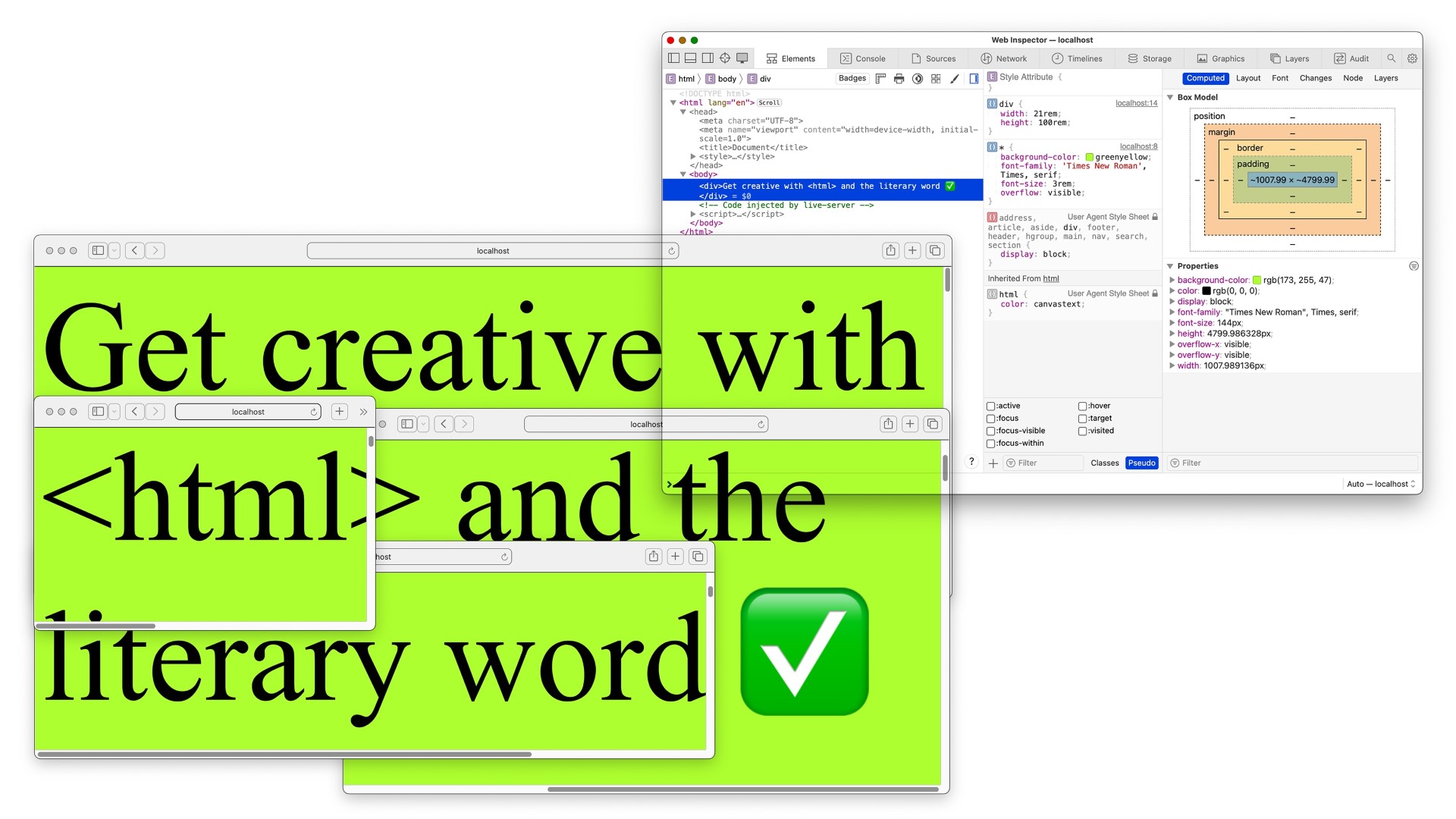Our team usually goes on monthly excursions to check out new arts exhibits in Singapore, and we enjoy discussing what we see as a group.
This serves multiple purposes: to stay updated on what’s happening, to explore presentation possibilities and new technologies, to establish a common language and understanding, and of course, fun team bonding.
Here’s our round-up of recent projects we’ve seen that involve XR:
Otherworlds: non/digital realities
Organised by independent art space INSTINC, this exhibition in January 2021 was a response to “new challenges faced by the art world, where the usual mode of presenting and viewing art is disturbed [by the pandemic]”.
Through the works of eight artists, it explores aspects of immersion and interactivity enabled by VR and other technologies that not only simulate but also expand physical reality.
One unexpected ‘simulation’ was Debbie Ding’s Void (2020), which had gallery visitors navigating a boat through a mysterious virtual sea, with scattered building ruins that resembled HDB void decks all around.
It felt unusual to walk into an exhibition space and be asked to use your whole body to experience the work (in this case, physically moving to move the boat), and we liked the idea of playing with cracks in a game environment.
The artwork can still be viewed in the exhibition’s online catalogue, which also includes works by Singapore artists Ulrich Lau and Yeo Shih Yun. Check it out here!
Hyperrealities at the ArtScience Museum
July saw the launch of a new permanent VR Gallery at the ArtScience Museum, with an inaugural programme featuring internationally renowned artists: Olafur Eliasson, Marina Abramović, and Anish Kapoor.

The whole programme lasted about 20 minutes where we sat in brand new futuristic egg-pod chairs and donned VR headsets and controllers to experience the presentation of VR artworks. It was a rather calm and contemplative experience overall – exploring new spaces in the silence of the gallery, with only ambient sound from the VR works.
A few parts were slightly awkward: in Eliasson’s work it felt incongruent to be ‘falling in an endless chasm while cocooned in a comfortable chair, for instance, and we wondered afterwards how the transitions between the three artists’ virtual spaces could have been improved.

Our team especially enjoyed Abramovic’s work, Rising, for the element of human connection and how atmospheric the virtual spaces are.
We liked the iceberg scene which was a combination of realistic visuals, dramatic lighting, choppy waves, and crashing sounds in VR creating a palpable sense of unsteadiness even though we were seated.
Most people probably won’t ever get that close to a real iceberg, and we felt the work was an inspiring use of VR to communicate an urgent message about climate change in a way that helps people better imagine consequences.
Different actions spring from different ways of seeing, after all.
The People’s Gallery, by National Gallery Singapore

An ongoing, islandwide project, this virtual exhibition began in mid-September and is set to run till end November this year.
It encourages members of the public to discover works by Singapore and Southeast Asia artists in spaces closer to home, through AR, and the project features a total of 50 artworks.

QR codes at the 99 Old Airport Road HDB void deck
Find and scan QR codes placed on the pillars, and you get to see artworks along with brief descriptions of the artists.
Some works are also accompanied by multilingual audio guides (in English, Chinese, Malay, and Tamil) and Art in 90 seconds videos that share personal reflections on the art from various people.

Though the use of AR was simple and a bit limited, we like how the museum is trying to reach more people by bringing art outside its walls.
It’s fitting, given the Gallery’s current tagline: “Let Art Surprise You”. It did – one of our team members spotted the HDB ‘gallery’ while waiting for the bus at a stop nearby!
What’s Next?
As always, it’s interesting to see what artists are doing with emerging technologies. AR and VR are not exactly new, but even AR requires a fair amount of technical knowledge to create and projects involving these technologies can be quite costly.
We’ve noticed that most of the projects we’ve seen rely heavily on QR codes which have become commonplace today.
They are not new, of course, but the implementation of a digital check-in system for nationwide COVID-19 contact tracing efforts in 2020 helped ensure that virtually everyone – young or old – now knows how to scan little squares of black pixels.
Hopefully this means a larger audience for virtual works accessible via the ubiquitous codes!
Digital media offers many new and intriguing ways of of experiencing a story, piece of history, place, or an artwork, and we’re definitely looking forward to seeing more creative explorations with these media!
Stay tuned for Part 3 of our XR exploration: “What’s Next from Tusitala”





